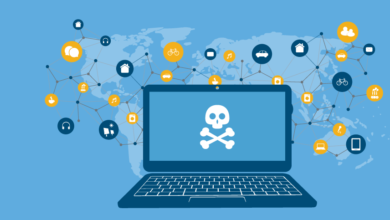Guidelines to Manage Emails

Guidelines to Manage Email
This is your wake-up call to stop, re-think your strategy, and listen to what we have to say if you’ve recently started your own business and are focusing all of your attention on growing your follower count on social networks like Instagram and Twitter but haven’t taken a moment to think about your email marketing plan.
In recent years, most people (including yourself, perhaps) have developed a dislike for email marketing, owing to the fact that most people (including yourself, perhaps) instantly unsubscribe from any marketing email they receive, or at the very least send it to spam.
However, you might be surprised to learn that a disproportionately large number of users actually use the product more as a result of the regular emails and newsletters that captivate or catch their attention. In this post, we’ll look at the major things you’ll need to know when handling emails for your business, as well as why this is crucial, especially if you’re attempting to create a solid client base in a new and up-and-coming business. Let’s get started.
Loyal Customers
If you really want your product or brand to succeed, you need to focus on each individual consumer and figure out how to make their experience with your product the best it can be. This is the only way to ensure that your customers appreciate the experience you provide them, turning them into brand advocates in the future because they’ll be able to naturally drive additional traffic and expand your client base through word-of-mouth and social media exposure.
To begin, you must provide them with an excellent product. But, more importantly, you must follow up and maintain track of their experience since, without their feedback, you will not know where you need to enhance your product or service. Emails are one approach to stay on top of your consumers’ ideas and feelings.
Receiving and responding to a few emails is significantly different from handling a steady stream of emails from roughly 100-1000 customers, thus this isn’t as simple as it looks. This is why you’ll want to invest in good email management software so that your sales and marketing teams can keep track of all the emails they get and respond to clients who have specific difficulties.
Sort your Emails into Categories
Rather than having all of your emails in one spot and having to dig through 100 to find one, organize them using filters. This way, you’ll be able to separate and keep track of numerous emails from your consumers, whether they’re feedback, queries, complaints, or anything else.
Make Use of Templates
Make every effort to conserve time and energy whenever possible, especially when dealing with emails that require the same response. Create templates for such emails by categorizing them and categorizing them. You’ll be able to reuse the same templates anytime you receive a query or an email that is relevant to the template you’ve made. With solid templates, you’ll not only save a lot of time and energy, but you’ll also make the customer happy by responding quickly and not making them wait hours for a simple doubt or query to be resolved.



